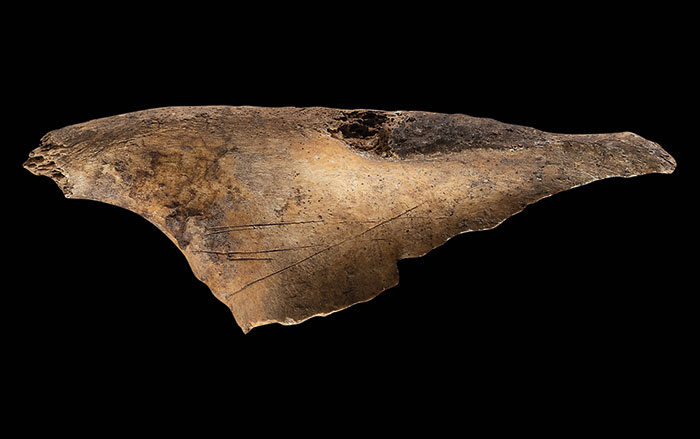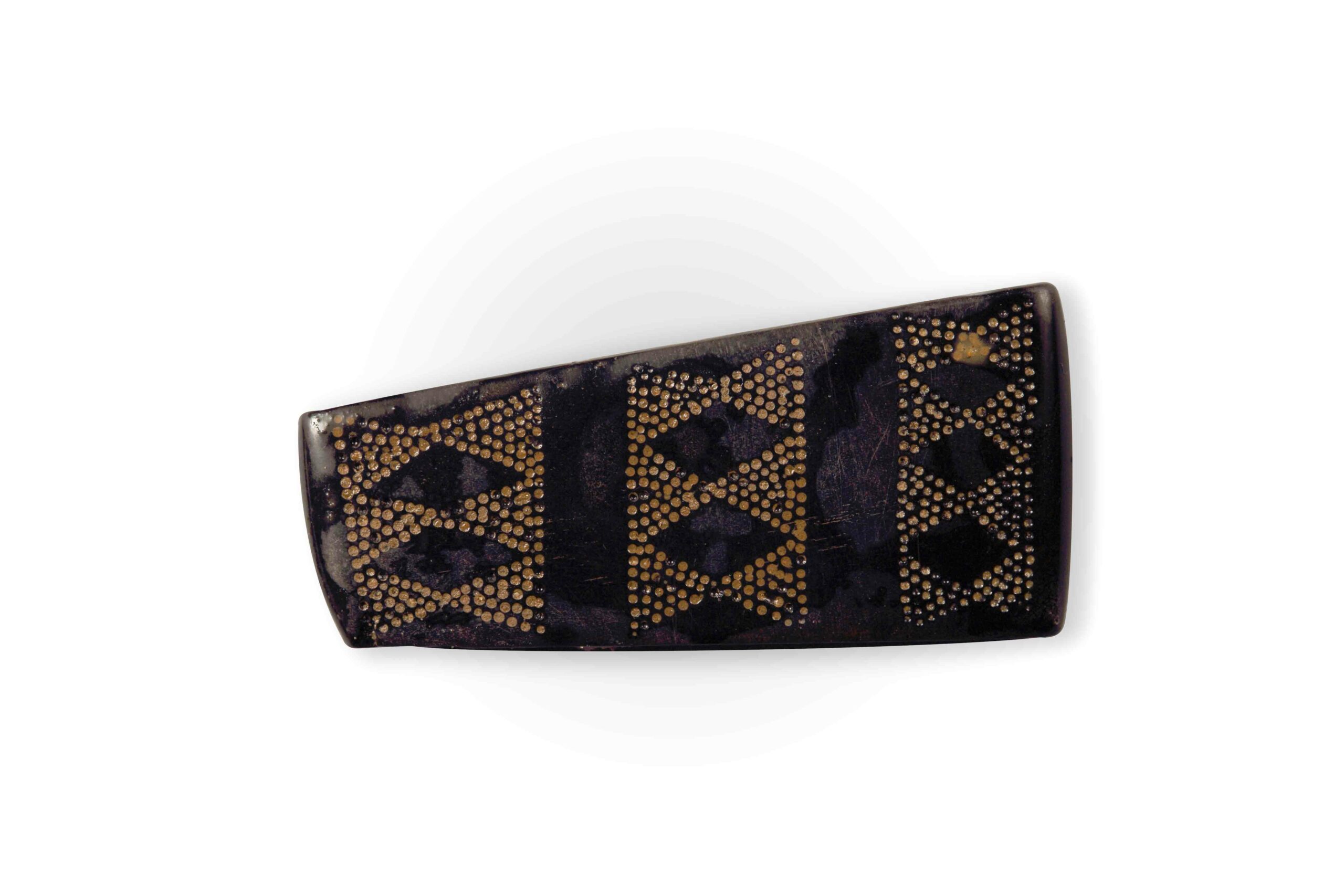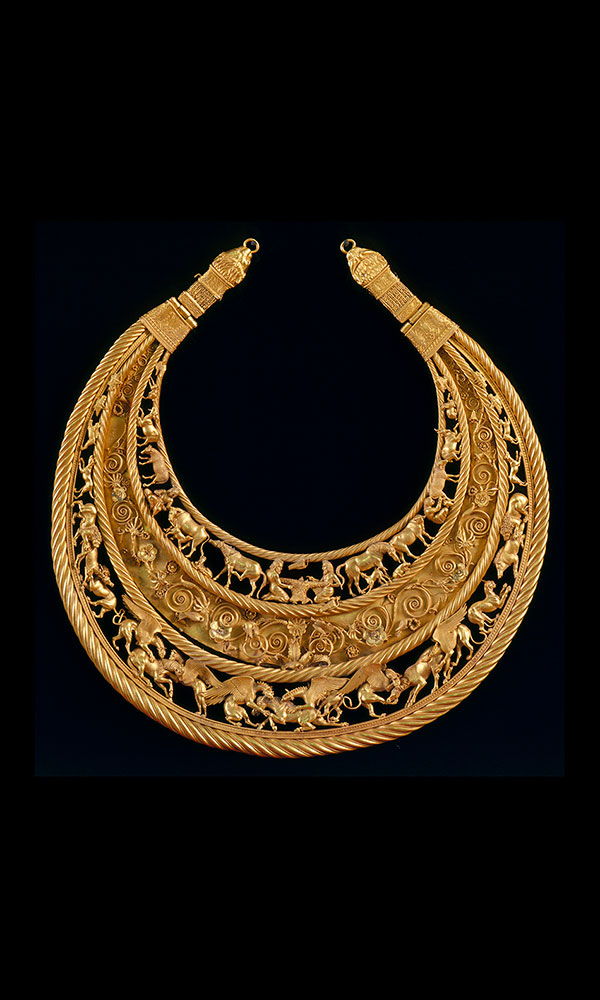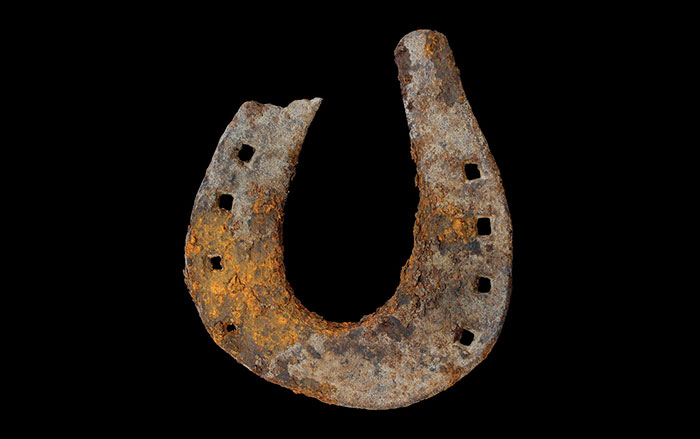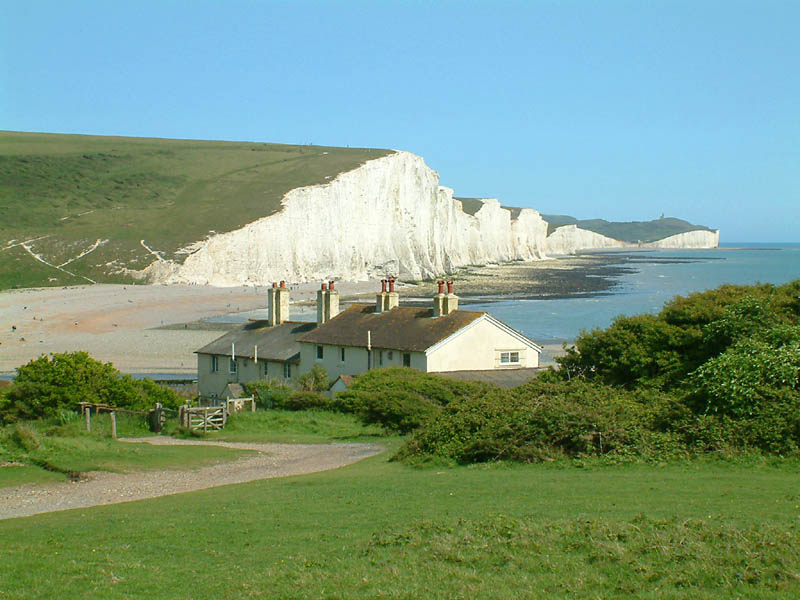
SUSSEX, ENGLAND—Culture 24 reports that archaeologists from England’s National Trust will use laser scans, environmental scanning, and analyze microscopic snails that only live in certain habitats to investigate an earthwork at the site of Belle Tout, which is located on the Seven Sisters chalk cliffs. The huge structure, thought to be one of the largest prehistoric enclosures in England, may have been part of an early Bronze Age settlement. “We don’t know for sure how much we’ve lost over the last 6,000 years due to coastal erosion,” said archaeologist Tom Dommett. To read more about prehistoric archaeology in Britain, go to "Hillforts of the Iron Age."


